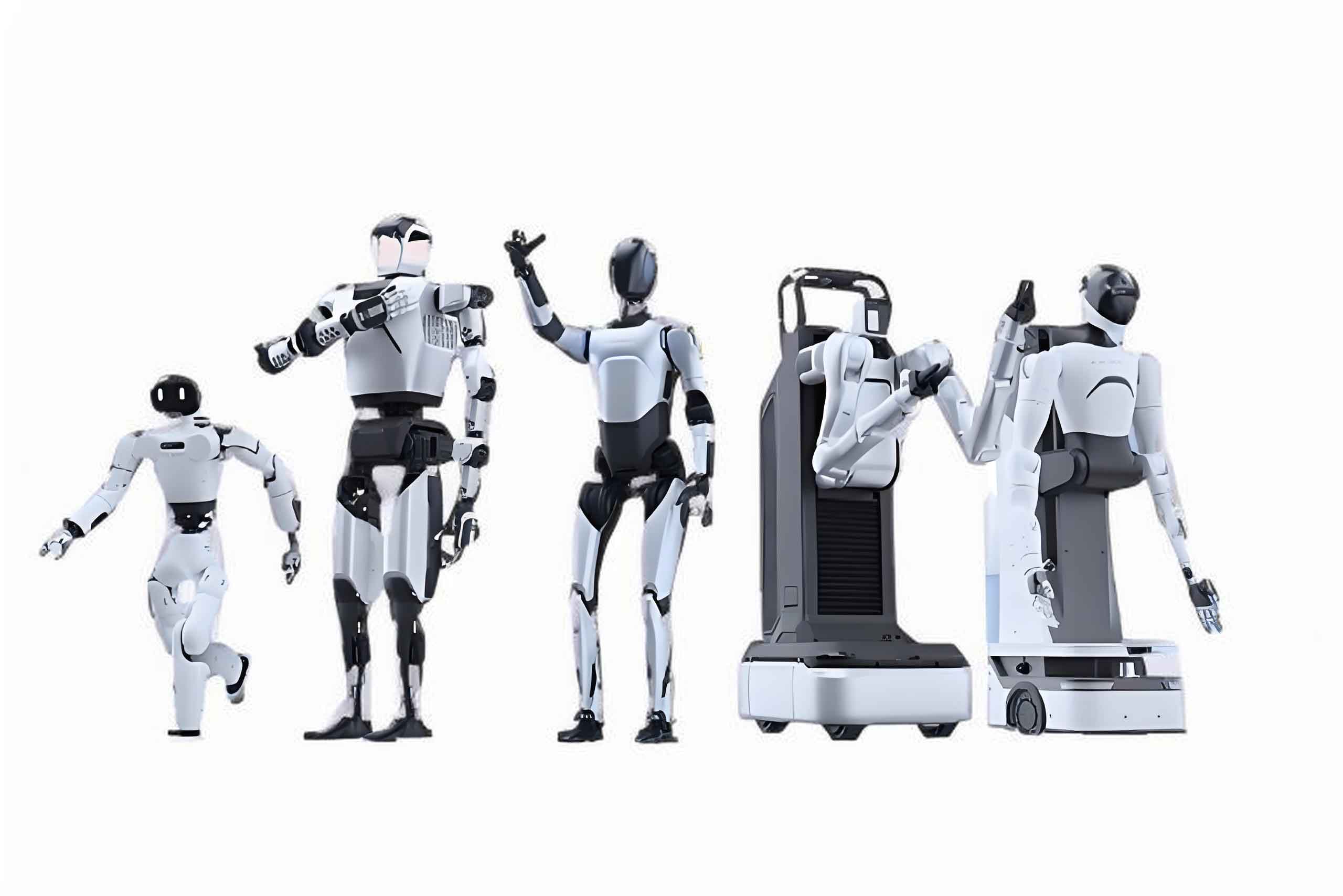
The Dawn of Self-Replicating Robotics
Inside the humming facility of Midea Kuka’s smart manufacturing park in Shunde, Guangdong, a silent revolution unfolds. Orange robotic arms weld, assemble, and fasten components with unnerving precision. Their creation? More robots. This is China’s first fully automated “AI robot-producing-robot” line—a self-sustaining ecosystem where machines build machines. Every 30 minutes, a new industrial AI robot rolls off this production line, embodying the fusion of artificial intelligence and advanced automation.
The Genesis of Autonomy
The project’s backbone traces back to 2017, when Midea Group acquired Germany’s Kuka for $4.6 billion. This move catalyzed a strategic pivot: merging Kuka’s industrial prowess with Midea’s scale to dominate intelligent manufacturing. Today, Kuka’s revenue exceeds $4.2 billion, with capacity doubling since localization began. Chen Feng, Kuka China’s Operations Director, emphasizes the mission: “Every robot once developed or made abroad must now be conceived, built, and perfected here.”
Anatomy of Self-Replication
The production floor operates 24/7, devoid of human intervention. AI robots handle tasks from screw-fastening to welding, while autonomous guided vehicles (AGVs) ferry materials. Sensors and machine learning algorithms synchronize workflows, slashing production cycles. “Technically, we can achieve one AI robot per minute,” Chen reveals. “It demands refining hardware-software symbiosis and inter-process coordination.”
Behind this efficiency lies aggressive vertical integration. Over 85% of core components—controllers, servos, gears—are now domestically sourced. Only large RV reducers remain partially imported. “Our goal is 100% autonomy,” Chen states. The surrounding industrial park concentrates 85% of Kuka’s suppliers within a 10-minute radius. Motors are made “100 meters away,” enabling just-in-time logistics and rapid iteration.
AI: The Invisible Architect
AI robot intelligence transcends mere assembly. Machine vision systems inspect micron-level tolerances. Predictive maintenance algorithms preempt failures. Deep learning optimizes energy use and motion paths. “This isn’t just automation; it’s cognitive manufacturing,” Chen notes. “AI robots learn from every cycle, evolving their own production logic.”
Guangdong Province fuels this ambition. In 2024, it manufactured 246,800 industrial AI robots—44% of China’s total output—a 31.2% annual surge. Midea, as the provincial robotics “chain leader,” cultivates an ecosystem of 200+ specialized suppliers, blending scale with niche innovation.
Global Implications
Midea Chairman Fang Hongbo positions the group among the world’s top four industrial robot makers. Brands like Kuka, Swisslog, and Hiwin span components to integrated systems. “Our triad is technology-industry-ecology,” he asserts. “AI robots aren’t tools; they’re architects of next-gen infrastructure.”
International competitors face a paradigm shift. China’s AI robot density now rivals Germany and Japan, but at 30% lower costs. Kuka’s exports surged 15% in 2024, targeting Southeast Asian and European markets. The self-replicating line isn’t a novelty—it’s a blueprint for global scalability.
The Road Ahead
Phase two will integrate generative AI for real-time production redesign. “Imagine an AI robot that modifies its own blueprints based on supply chain fluctuations,” Chen envisions. Kuka’s R&D hub in Foshan, staffed by 400 engineers, already files 50+ patents annually on AI-driven autonomy.
Challenges persist. Energy consumption per unit must drop 20% by 2026. Smaller enterprises still struggle to adopt AI robot systems. Yet, the template is set: when AI and robotics converge, production transcends human constraints.
Conclusion: The New Industrial Genesis
Midea Kuka’s self-replicating line heralds a third industrial revolution—one authored by machines. Each AI robot birthed here amplifies its creators’ capacity, blurring lines between manufacturer and product. As global demand for intelligent automation soars, this Guangdong facility isn’t just making AI robots; it’s engineering the very future of making.
